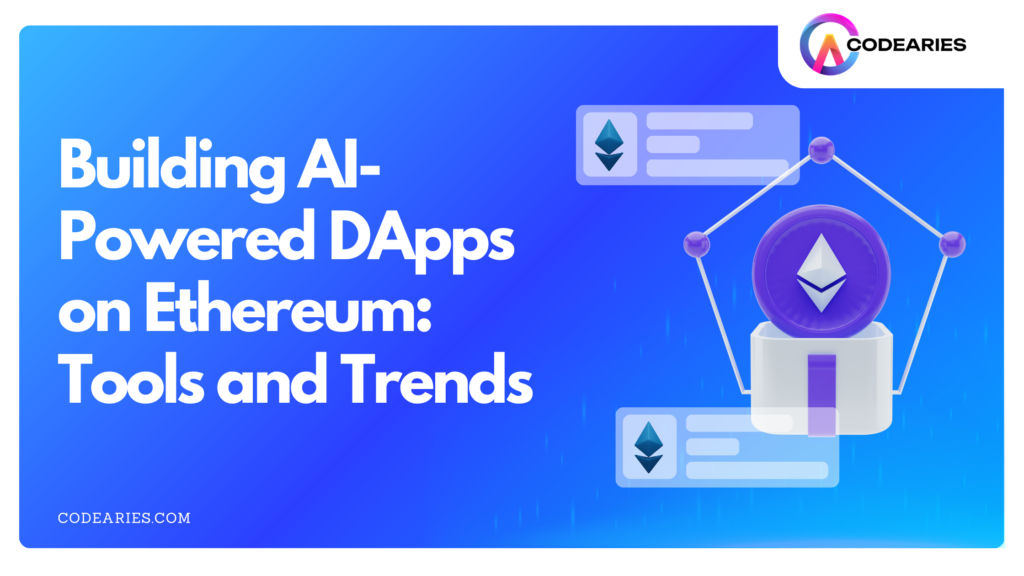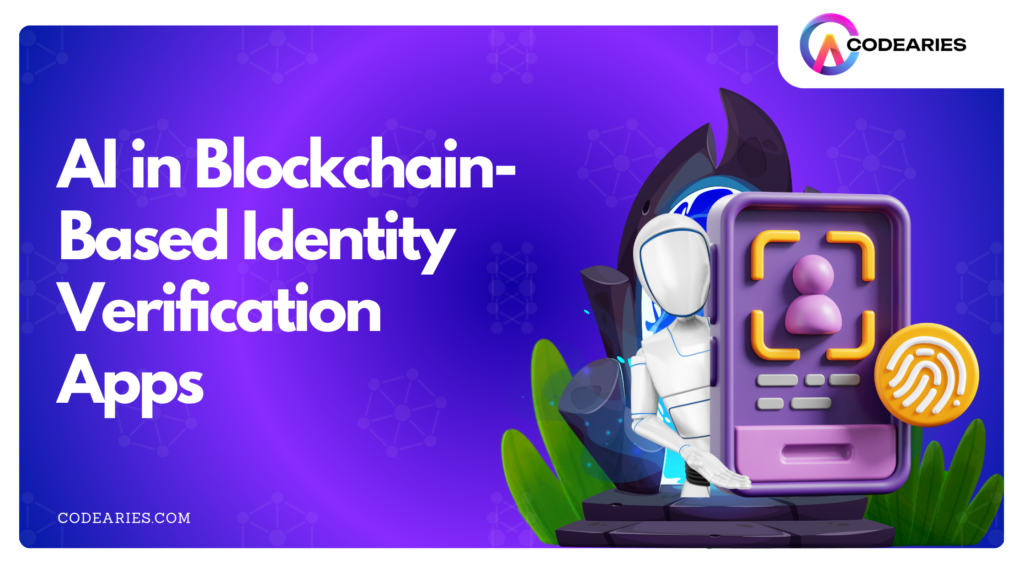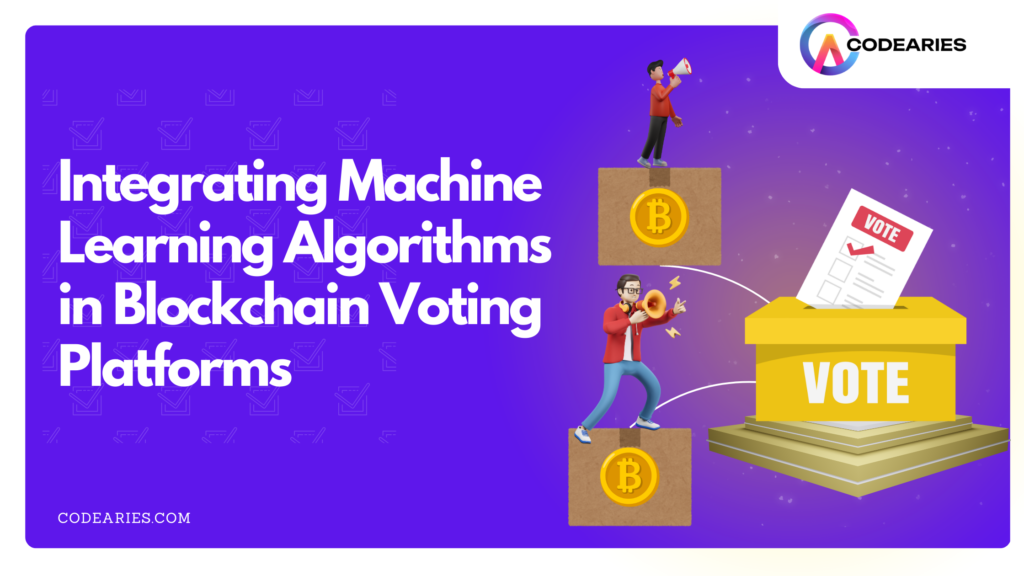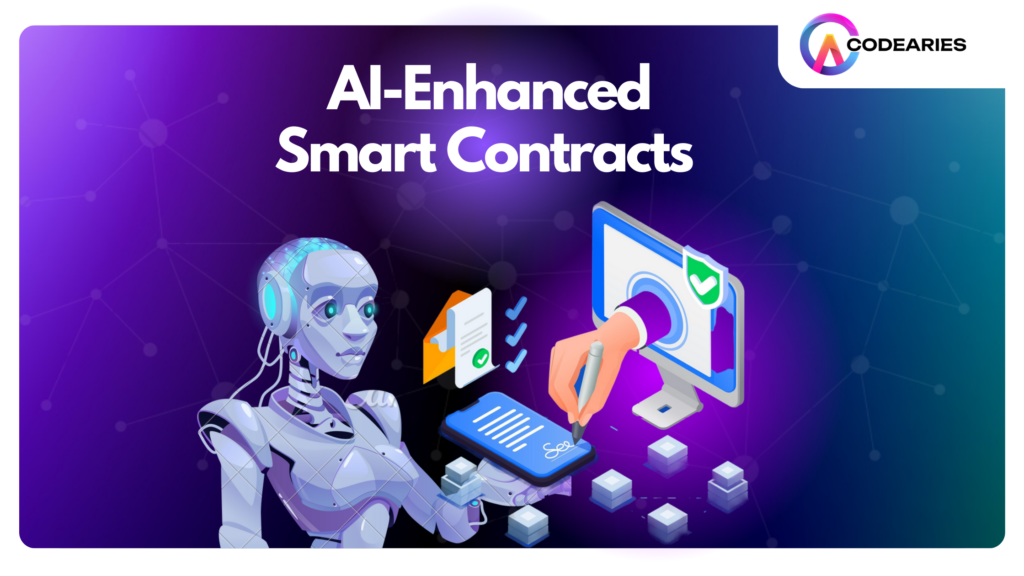Building AI-Powered DApps on Ethereum: Tools and Trends
The rise of decentralized applications (DApps) has revolutionized the digital landscape, and integrating artificial intelligence (AI) with blockchain technology is propelling this innovation even further. Ethereum, a pioneering blockchain platform known for its smart contract capabilities, is leading the way in creating intelligent, autonomous DApps. This blog explores how developers can harness the power of AI and Ethereum to build cutting-edge decentralized applications, providing insights into everything from smart contract design to AI model integration. What Are DApps? DApps are decentralized applications that operate on a blockchain network rather than being controlled by a central authority or server. They leverage blockchain’s decentralized nature to ensure transparency, security, and censorship resistance. Unlike traditional applications that rely on a centralized server, DApps distribute data across multiple nodes in the network, reducing the risk of single points of failure and increasing trust among users. This decentralized approach also enhances data integrity, making DApps highly reliable and secure. Source The Decentralized Application Development (DApps) Market was valued at $25.63 billion in 2022 and is estimated to grow at a CAGR of 56.1 percent to $ 70.82 billion by 2030. The worldwide DApps development Market is being boosted by the increased need for rapid transaction processes and the benefits of DApps such as transparency, dependability, flexibility, and scalability. Benefits of DApps The decentralized architecture of DApps offers several significant advantages: Security DApps are inherently more secure due to their decentralized nature. The use of cryptographic methods and consensus algorithms helps protect against hacks and unauthorized data manipulation. Transparency The open-source nature of DApps allows anyone to audit their code and verify transactions, which fosters trust among users and stakeholders. Decentralization By removing intermediaries, DApps reduce costs and empower users with greater control over their data and transactions. Immutability Data recorded on the blockchain is tamper-proof, ensuring that once information is stored, it cannot be altered or deleted, making DApps suitable for applications that require permanent records. The Role of AI in Modern Technology AI is reshaping industries across the globe by enabling machines to learn from data, make intelligent decisions, and automate complex tasks. The ability of AI to process large volumes of data, recognize patterns, and provide real-time insights makes it invaluable in sectors ranging from finance to healthcare. Integrating AI into DApps can enhance their functionality by enabling personalized experiences, predictive analytics, and autonomous decision-making. Why Combine AI with DApps? The fusion of AI and DApps presents numerous opportunities for innovation: Enhanced Decision-Making AI can analyze data in real time, providing valuable insights and enabling automated decision-making processes within DApps. Personalization AI algorithms can tailor user experiences based on individual preferences and behavior, enhancing user engagement and satisfaction. Automation AI-powered DApps can automate routine tasks, such as trading, compliance monitoring, and supply chain management, reducing the need for human intervention and increasing efficiency. Predictive Analytics By analyzing historical data, AI can forecast future trends and outcomes, helping users make informed decisions in areas like finance, healthcare, and logistics. Key Components of AI-Powered DApps To successfully build AI-powered DApps on Ethereum, developers must understand and integrate the following key components: Smart Contracts The backbone of any DApp, smart contracts are self-executing contracts that facilitate decentralized and automated transactions. They handle logic and enforce the rules defined by developers. AI Models These are trained algorithms that process data and make decisions or predictions. AI models can be incorporated into smart contracts to bring intelligence and automation to DApps. Oracles Oracles serve as intermediaries that provide smart contracts with access to external data, enabling AI models to interact with real-world information. They bridge the gap between on-chain and off-chain data. Why Ethereum for DApps? Ethereum stands out as the leading platform for building DApps due to its robust smart contract capabilities. Smart contracts are self-executing contracts with the terms directly written into code, which are run on the Ethereum blockchain. Ethereum’s flexibility, active developer community, and wide range of development tools make it an ideal choice for creating complex DApps. Unlike Bitcoin, which primarily serves as a digital currency, Ethereum was designed to be a programmable blockchain, allowing developers to build and deploy a variety of decentralized applications. Setting Up an Ethereum Development Environment Getting started with AI-powered DApp development on Ethereum requires a well-configured development environment. Here are the essential tools: Node.js: A JavaScript runtime that allows developers to run scripts on the server side, crucial for building blockchain applications. Truffle: A popular Ethereum development framework that offers a suite of tools for compiling, testing, and deploying smart contracts. Ganache: A personal Ethereum blockchain used for testing DApps locally. It simulates a blockchain network, enabling developers to experiment in a controlled environment. Introduction to Solidity Solidity is the primary programming language for writing smart contracts on Ethereum. It is a statically-typed language designed to execute code on the Ethereum Virtual Machine (EVM). With a syntax similar to JavaScript, Solidity is accessible to developers familiar with web development, making it easier to write complex smart contracts. Deploying Smart Contracts on Ethereum Deploying smart contracts involves several steps: Compile the Contract Use the Solidity compiler (solc) to convert smart contract code into bytecode for execution by the EVM. Deploy to Testnet Install the contract to a test network (like Ropsten or Rinkeby) for testing and debugging before going live. Deploy to Mainnet Once thoroughly tested, deploy the contract to the Ethereum mainnet. This requires a wallet with enough Ether to cover deployment costs. Verify Contract Post-deployment, verify the contract on platforms like Etherscan to increase transparency and trust among users. Using Oracles to Connect AI with Ethereum Oracles are crucial for connecting AI-powered DApps to external data sources. They enable smart contracts to access real-world information, such as market prices, weather data, or sports scores, enhancing the functionality of AI models. Popular oracle solutions include Chainlink and Band Protocol, which provide secure and decentralized data feeds to smart contracts. Designing Smart Contracts for AI-Powered DApps When designing smart contracts for AI-powered DApps, developers should consider the












